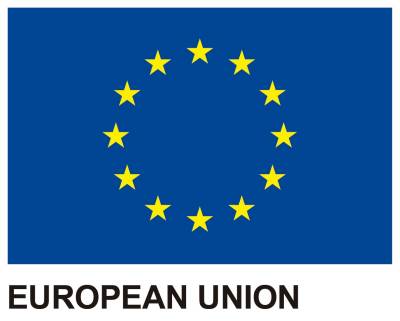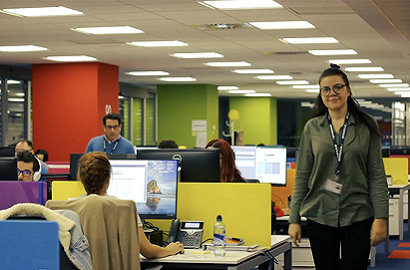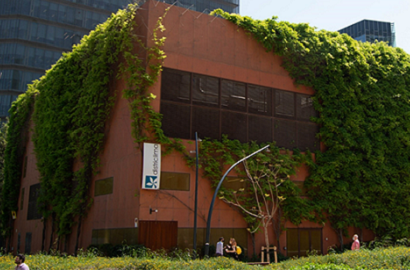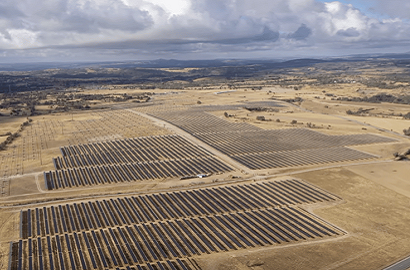Spanish government backs biogas with 76.5 million euros in subsidies
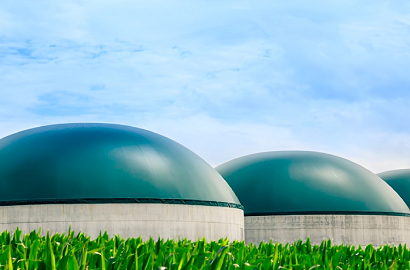
The first call under the Recovery, Transformation and Resilience Plan supports 81 projects
Following its first call for proposals, the Spanish aid plan for outstanding biogas facilities has chosen the 81 most highly rated proposals, which are to receive a total of 76.5 million euros. This initiative, launched by the Ministry for Ecological Transition and the Demographic Challenge, is part of the Recovery, Transformation and Resilience Plan drawn up by the Spanish government and financed using EU Next Generation funds.
The total budget for biogas aid, including future calls for proposals, is 475.5 million euros, and is aimed at promoting the installation of a total of 188.3 megawatts of capacity to be generated by this form of renewable energy. The Institute for the Diversification and Saving of Energy is responsible for managing the aid programme.
Selection criteria
With a total of 27, Catalonia is the autonomous region that is home to the highest number of selected projects. Next come Aragon with eleven, and Andalusia with nine. These three regions will receive 42.1 million euros, more than half the total amount.
In addition to technical rigour and level of innovation, the location of projects in Just Transition and Demographic Challenge zones were given considerable weight in the selection criteria. Six of the projects selected are located in Navarre, with six in Castile and León, five in Murcia, three in the Basque Country, three each in Valencia and the Canary Islands, and two in each region in the case of Extremadura and the Balearic Islands. Asturias, Cantabria, the Madrid Region and Castile-La Mancha each have one.
Innovative technologies
The projects chosen include initiatives for the production and utilisation of biogas for both heating and power generation. Some use high-efficiency cogeneration, while others opt for upgrading biogas to biomethane, which is then used to produce energy. Most of them combine several of these technologies, and many include treatment and conversion of the final digestate into fertiliser.
The projects will use a variety of different feedstocks for biogas production, including organic matter from landfills, urban sewage sludge, agricultural waste, livestock slurry, forestry residues and waste from the agri-food industry. All of these are transformed into valuable resources through anaerobic treatment (without oxygen), which does at the same time bring value, jobs and economic activity to the areas concerned.
The value generated contributes to population growth in areas affected by rural depopulation. By creating structure and boosting their economic development, local people do not feel compelled to migrate to the cities.
Population growth
Due to its renewable origin, biogas is one of the energy sources that are part of the drive to achieve climate neutrality by 2050. As well as offering a reduction in emissions compared to fossil fuels, biogas also removes potentially polluting materials from landfills and helps to reduce dependence on external sources of energy, and improve security of supply.
The National Integrated Energy and Climate Plan 2021-2030 predicts that biogas will achieve a 28% penetration rate among renewable energy sources in sectors such as transport. Moreover, when transformed into biomethane, it can replace natural gas in energy-intensive applications and in others where electrification is problematic, such as HGV transport and thermal energy intensive industries.
The biogas roadmap, approved by the Spanish government in March 2022, foresees a 3.8-fold increase in current levels of biogas production by 2030. The aid programme is part of the PERTE-ERHA for renewable energy, renewable hydrogen and storage, which is expected to leverage more than 16.3 billion euros, between public and private sector investments, for the development of technology, expertise, industrial capacity and new business models in the clean energy field.
Photo: Recovery, Transformation and Resilience Plan

